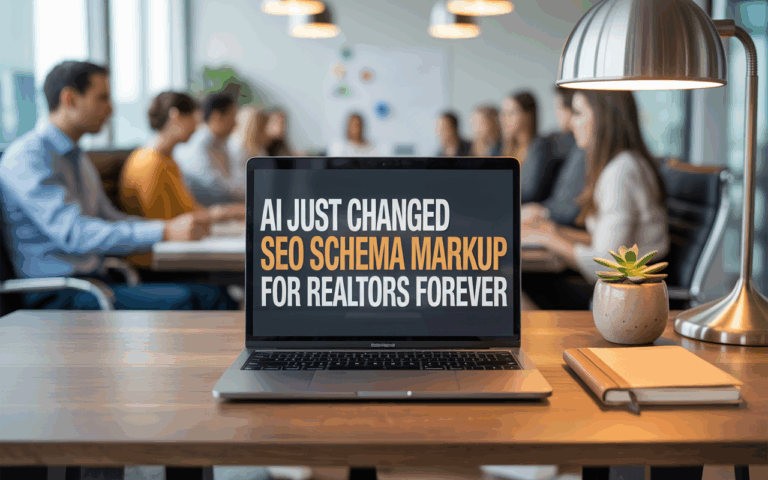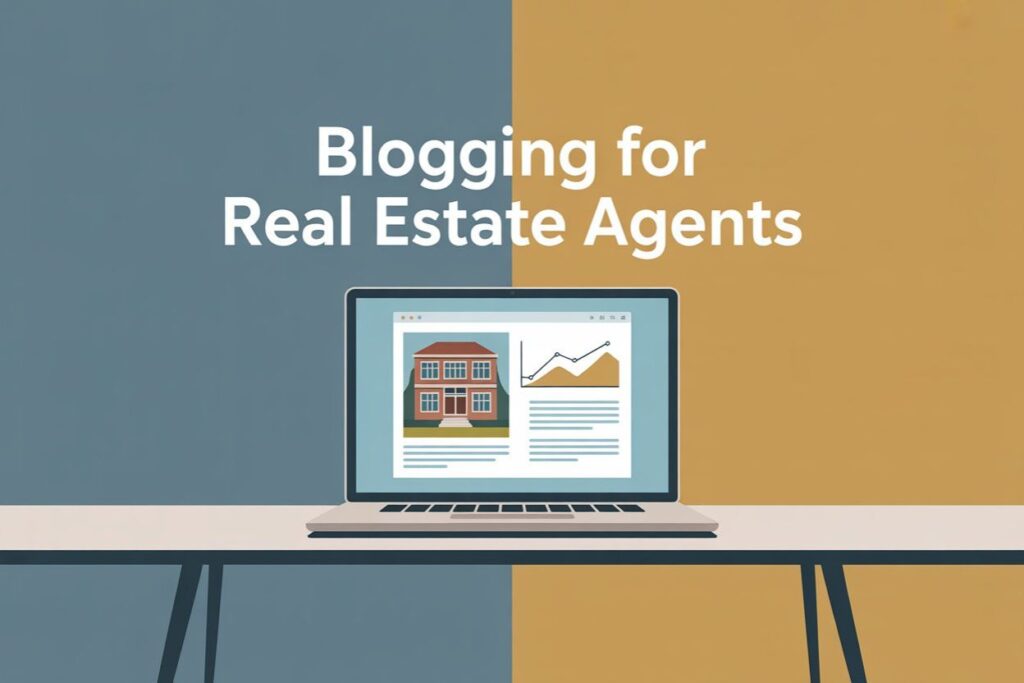
I’ve been in the content game for over a decade. I’ve seen industries come and go. I’ve watched Google updates destroy empires and create new ones overnight.
But real estate? That’s different. It’s been my focus for over a year… for both my site and client sites.
Every single person needs a place to live. Every single neighborhood has stories to tell. Every single market has gaps that big corporate sites can’t fill.
This guide covers why you, a realtor, should blog, when to use pages vs posts, semantic branching (the secret sauce), a mini content plan that actually works, image SEO that gets found, schema markup that doesn’t suck, and all the other crucial knobs that turn content into free, compounding leads.
Here’s the thing most agents miss: you’re not competing with Zillow on listing data. You’re competing on local knowledge. And that’s a fight you can win.
Why Blog? (Google Search + LLMs = Free Leads)
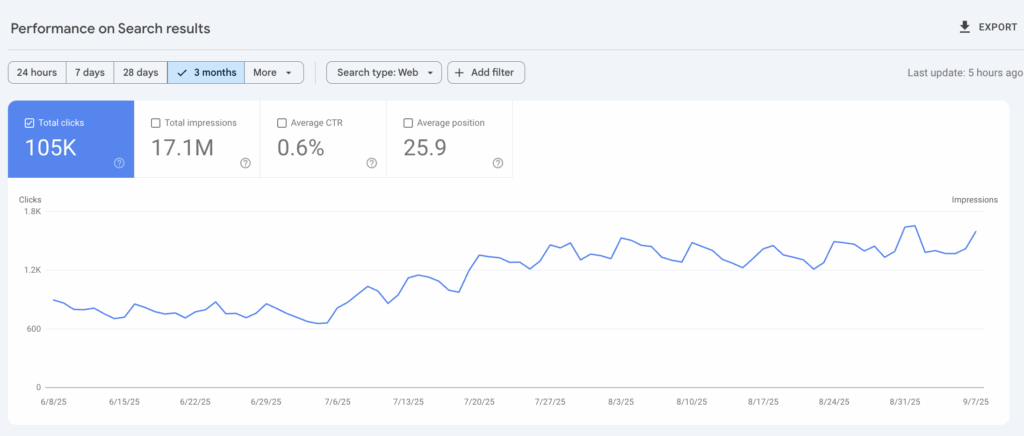
I’m going to be blunt here.
Most real estate agents treat their website like a business card. They throw up a few pages, add their headshot, and wonder why nobody calls.
That’s not how this works.
Compounding Discovery Is Your Secret Weapon
Evergreen content ranks in Google AND gets cited by LLMs like AI Overviews, Perplexity, and ChatGPT browsing. This sends you ongoing organic traffic and leads. Not once. Not twice. For years.
I have articles from 2019 that still send me traffic every single day. Real estate content works the same way, except better. Because people don’t stop moving. They don’t stop researching neighborhoods. They don’t stop wondering about school districts and commute times.
Google Loves Consistent Local Authority
When you consistently publish local content, Google sees you as having topical authority. You’re covering entity coverage, depth, and freshness. More importantly, potential clients love it too. When someone’s researching Fairhaven vs Alabama Hill, and you’ve got detailed guides on both, who do you think they’re calling?
The Flywheel Effect Changes Everything
Here’s how it works: Blog content drives traffic, which builds your email list, which feeds social retargeting, which generates reviews and testimonials, which improves your click-through rates, which boosts your rankings, which brings more leads, and the cycle repeats. Each piece feeds the others. It’s beautiful when it works.
You Own the Hyper-Local Narrative
Big sites gloss over hyper-specific local questions. You don’t have to. Which streets flood during heavy rain? Where’s the best coffee shop for remote work? Which elementary school has the best PTA fundraising? What’s the parking situation like on game days? This is your competitive advantage.
The Search-to-LLM Bridge Is Real
Well-structured, accurate, interlinked pages get pulled into AI answers, and YOUR brand is what readers click when they want details. I’ve seen this happen. Sites with good local content start showing up in AI summaries. Then people click through for the full story. That click could be your next $50K commission.
Pages vs Posts (WordPress Decision Framework)
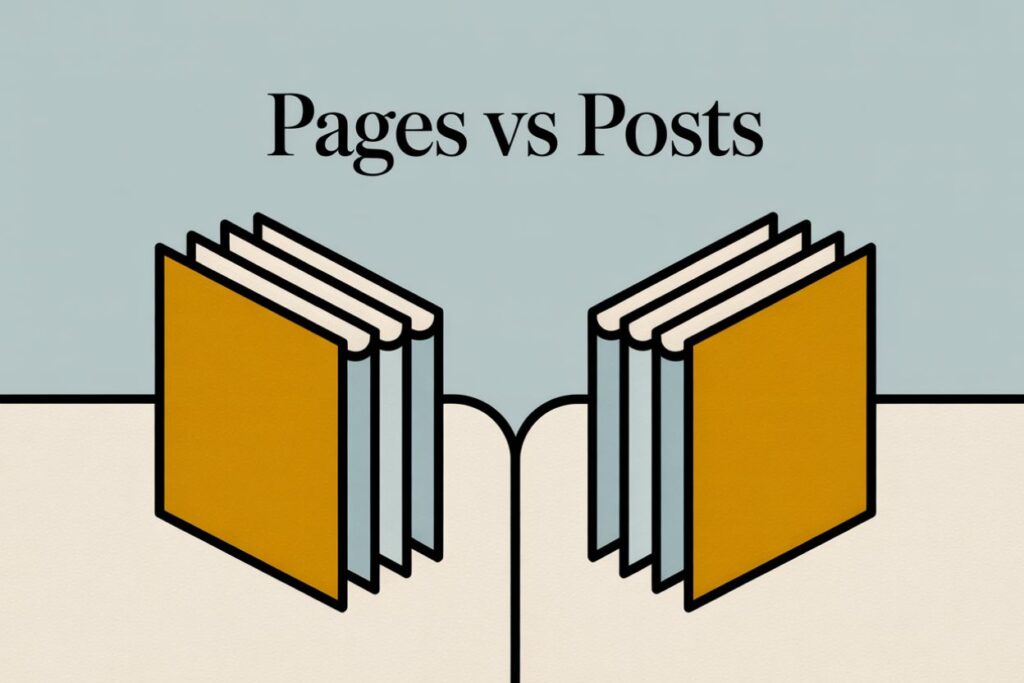
This matters more than you think… if you use WordPress or any CRM that offers both static pages and dynamic blog posts.
I’ve made this mistake before. Treating everything as a blog post. Creating a mess of URLs that confuse both Google and visitors. Don’t be me in 2014.
Use Pages for Your Evergreen Foundation
When you’re creating neighborhood guides, city hub content, lifestyle hubs, service pages, or pillar tutorials, use static pages. They create clean hierarchy and URLs, make it easier to build topical clusters, and provide better UX for “start here” content. Your URL structure should look like /neighborhoods/fairhaven/ and /neighborhoods/fairhaven/market-data/ rather than dated blog posts.
Posts Handle the Timely Stuff
Market updates, local news that affects real estate, seasonal pieces, case studies, tool changes, and event recaps work better as posts. The feeds, categories, and dates make updates natural, and it’s easier to publish fast. Use URL patterns like /blog/bellingham-oct-2025-market-update/ for these.
The Hybrid Strategy That Works
Think of pages as your pillars and posts as updates that link back to those pillars. Category archives can index, but don’t rely on them for conversion. Build curated hubs with pages instead. This is where most agents go wrong. They treat their blog like a diary instead of a lead generation machine.
The Semantic Branching Approach (Why It’s Superior)
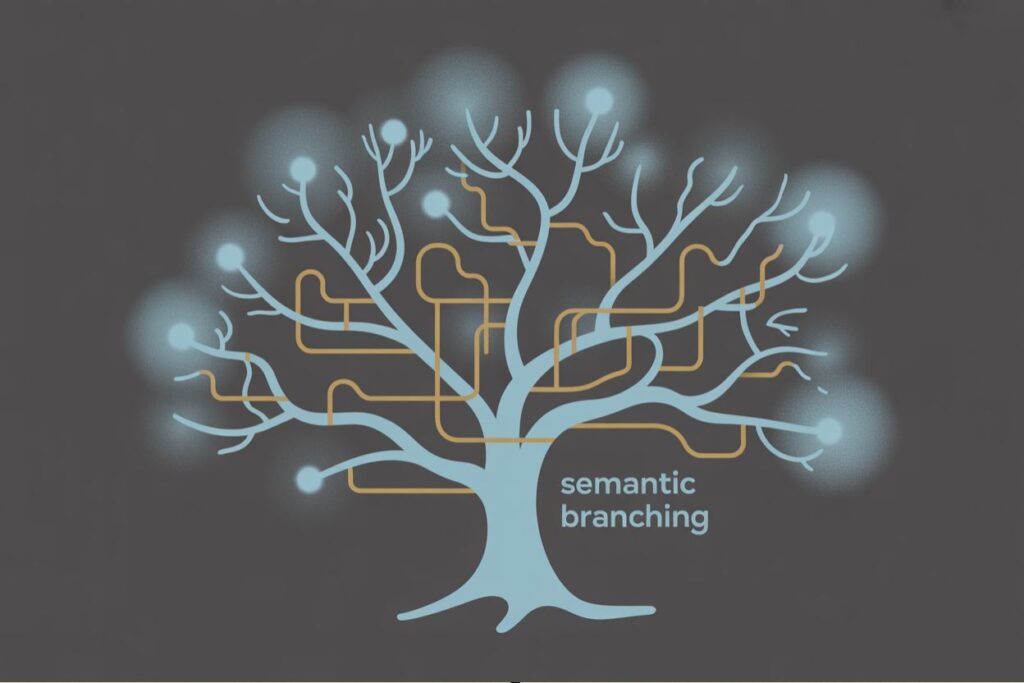
I learned this the hard way.
Years ago, I published content willy-nilly. No structure. No plan. Just whatever keyword looked good that day. Traffic was okay. Conversions were meh.
Then I discovered semantic branching. Game changer.
How Semantic Branching Works
Start with your pillar content like a city hub, then create branches for neighborhoods, lifestyle content, and buyer resources, then add twigs like market data, maps, photos, and FAQs. This maximizes topical coverage and internal link clarity, helps search engines and LLMs understand relationships between entities, and supports future expansion without URL sprawl.
Your structure might look like your main city hub explaining the area and linking to neighborhood and lifestyle sections, a neighborhoods index that lists all areas, individual neighborhood pages with their own market data, maps, photos, and FAQ subsections, and lifestyle hubs focused on walkability, waterfront living, trails, and bike-friendly areas.
Internal Linking Rules That Matter
Parent pages should link down to children, siblings should cross-link where relevant, every child should link back to its parent hub and at least two sibling pages, and you should add breadcrumbs on all branch pages. This creates what SEOs call “topical authority.” Google sees you as THE expert on your local market.
Content Types You’ll Publish (What Good Looks Like)
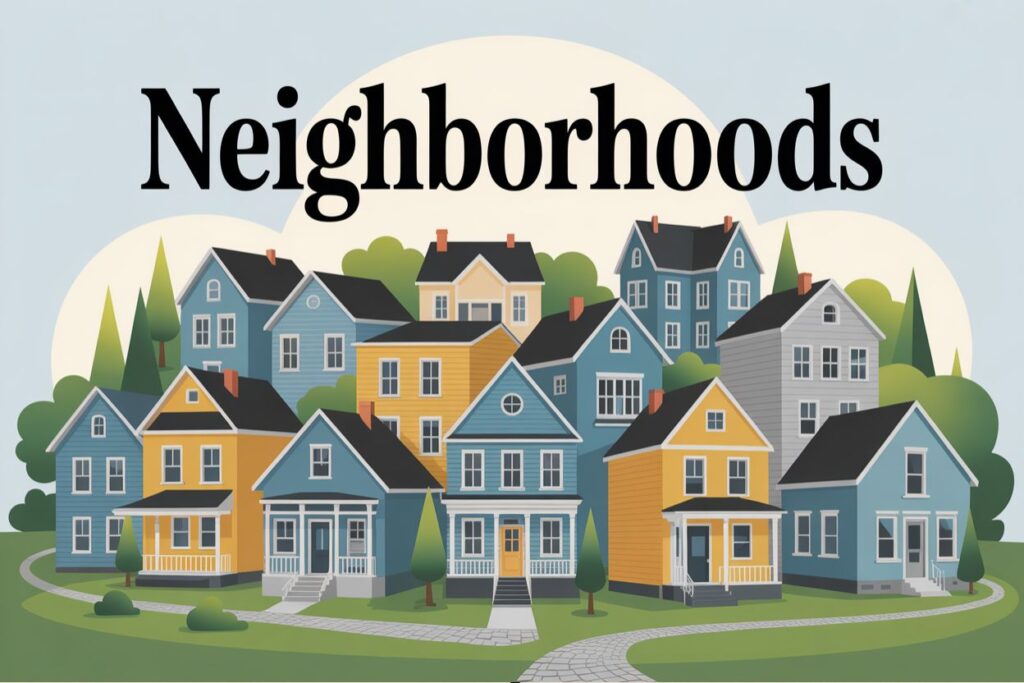
I’m not going to sugarcoat this. Most real estate content online is garbage. Generic. Templated. Boring. You can do better.
Neighborhood Pages That Convert
Your neighborhood pages need essential sections covering overview and boundaries to define the area, housing stock with actual price bands people can afford, school information since that’s the number one question from families, parks and lifestyle details about what it’s like to live there, commute options for getting to work, neighborhood vibe where personality matters, honest risks and considerations including downsides, an interactive map, photo gallery, FAQ section, and strong calls-to-action.
For conversion, include inquiry forms above the fold, lead magnets like neighborhood PDF guides, newsletter signups, and “schedule a showing” buttons throughout the content.
Become the authority on your town. It can be akin to a travel blog… not for tourists but for residents and potential residents.
FYI, neighborhoods are merely the tip of the iceberg on topics you can cover. IMO, it’s the first hub to tackle but there are several others beyond that.
Blog Posts That Drive Traffic
Topics that work include monthly market updates like “Town/Neighborhood Market Update: October 2025,” change announcements such as “What changed this month in X neighborhood?”, local development news like “New waterfront park opening – what it means for property values,” educational content such as “School boundary changes explained,” and policy breakdowns like “Zoning change breakdown.”
Include data visualizations with charts and infographics, links back to relevant neighborhood pages, social sharing buttons, and email capture opportunities.
Mini Content Plan (Where to Start)
Don’t overthink this. Start with the essentials. Build momentum. Expand from there.
Your Evergreen Foundation Pages
Begin with a comprehensive city hub titled something like “Living in Bellingham: The Complete Guide Bellingham’s Neighborhoods” that provides an overview of all neighborhoods, links to lifestyle hubs, and getting started resources. Create a neighborhood hub called “Bellingham Neighborhoods: Maps, Prices, and Vibes” with a visual map of all areas, quick comparison tools, and links to individual guides.
Then tackle individual neighborhood guides starting with your top three areas, plus a lifestyle hub like “Walkable Areas in Bellingham” for people who prioritize walkability, and a buyers hub such as “First-Time Buyer Guide for Bellingham” explaining the process, local lending resources, and timeline expectations.
LLM-Ready Content Blocks (This Is the Future)
AI summaries are pulling content from local sites more and more. Structure your pages to get cited.
Add a TL;DR at the top of every neighborhood page. Something like: “Fairhaven is Bellingham’s historic waterfront district with Victorian homes ($800K-$1.5M), walkable village shopping, Fairhaven Middle School (8/10), and 15-minute downtown commutes.”
FYI, the numbers in above paragraph are for illustration purposes only.
Include a Key Facts box on every page: Boundaries (specific streets), school assignments with ratings, median home prices, average commute times to major employers, and walkability score. Keep it scannable and accurate.
End every page with an FAQ section. Answer the questions people actually ask: “What’s parking like?” “Are there HOA fees?” “How’s the cell service?” These get pulled into AI answers constantly.
Your Timely Content Posts
Start publishing monthly market updates, hyperlocal content like “The 7 Most Walkable Streets in Fairhaven (with Map),” community news such as “New Dog Park Rules: What Alabama Hill Pet Owners Should Know,” educational content like “Property Taxes 101: Understanding Your 2025 Assessment,” policy updates such as “School Boundary Changes: What Families Need to Know,” and practical guides like “Bike-Friendly Routes That Actually Save Time (Locals’ Picks).”
Each branch leaves room for expansion with market data pages, photo galleries, detailed FAQs, and comparison posts. The key is starting. You can always add more later.
Image SEO (Local Wins)
This is where most agents screw up royally. They use generic stock photos or worse, photos straight from their phone with names like “IMG_1234.jpg.” Don’t be that person.
File Naming and Alt Text Strategy
Use descriptive file names like fairhaven-bellingham-victorian-home-exterior.jpg instead of generic names. Your alt text should follow a who/what/where plus purpose formula, such as “Victorian home exterior on 10th St, Fairhaven, Bellingham” or “Fairhaven village walkable shopping district” or “Alabama Hill neighborhood sunset view overlooking bay.”
Technical Image Optimization
Take and publish your own photos. Don’t scoop them from the Web. You live in the area. Use your phone and go snap a pile of images for your site. This is critical. Google and AI can recognize images and so if they see your content is already-published images, that’ll denigrate your content where rankings are concerned.
Prefer WebP format with JPG/PNG fallbacks, pre-crop images to display sizes, compress to 70-85% quality targeting under 200KB for inline images and under 500KB for hero images, use srcset and sizes attributes for responsive design, add loading="lazy" on non-hero images, and reserve space to avoid layout shift.
Don’t forget captions to improve engagement and skimmability, Open Graph images sized 1200×630 for social sharing, and ImageObject schema for hero and gallery items on key pages.
Schema Markup (What to Add Where)

Schema is like SEO vitamins. You don’t always see immediate results, but it makes everything work better.
Sitewide Schema Requirements
Set up Organization or LocalBusiness schema with your name, logo, social media profiles, and contact information. Add WebSite schema with SearchAction to enable site search, and include BreadcrumbList schema on every branch page to help navigation.
Neighborhood Page Schema
Use Place schema since it’s safe and widely recognized. Include the neighborhood name, description, geo coordinates, the containing city, featured image, and page URL. You can optionally add additionalType pointing to schema.org/Neighborhood to keep validators happy while signaling intent.
Blog Post Schema
Standard BlogPosting or Article schema works well with headline, publication date, author information, featured image, and main entity page URL. For FAQ sections, use FAQPage schema with question and answer pairs. Keep everything clean, valid, and avoid stuffing unsupported types.
The Details That Separate Good From Great
This is where the magic happens. The small things that make a big difference.
Internal Linking and Navigation
Build clear hub-to-branch-to-twig linking patterns, add “Related neighborhoods” blocks, vary anchor text naturally, avoid orphan pages, and link to relevant blog posts from static pages. Use sticky navigation on neighborhood pages, in-page table of contents for long guides, clear CTAs above the fold and at page end, and mobile-first design since most searches happen on phones.
Conversion Architecture That Works
Create neighborhood-specific lead magnets like PDF guides titled “Complete Guide to Buying in X Neighborhood,” market reports such as “X Neighborhood Market Data & Trends,” and checklists like “Moving to X Neighborhood: Your Complete Checklist.” Use low-friction forms asking only for name, email, and phone, include clear privacy policies, and ensure GDPR compliance if needed.
Content Freshness and Standards
Update neighborhood pages twice per year, refresh market data monthly, review lifestyle content annually, and update FAQs as needed. Always add “Updated on” dates because Google notices. Create templates for neighborhood page structure, market update posts, and FAQ formats. Maintain a professional but approachable voice as a local expert, not corporate, and be honest about both pros and cons.
Building E-E-A-T Signals
Google cares about Experience, Expertise, Authority, and Trust. Show your experience with author bios highlighting local credentials, years in the market, and specific neighborhood knowledge. Demonstrate expertise through original photos rather than stock images, citations to city and municipal data, and detailed contact and About pages.
Technical SEO Foundation
Handle the must-haves including canonical tags on all pages, XML sitemaps for pages, posts, and images, optimized robots.txt, and consistent URL structure with lowercase and trailing slashes. Focus on performance with LCP under 2.5 seconds by preloading hero images, INP under 200ms by limiting JavaScript, and CLS under 0.1 by reserving space for images. For maps, use static previews that load interactive versions on click to avoid slow Google Maps embeds.
Analytics and Distribution
Track what matters with GA4 events for CTA clicks, form submissions by page, PDF downloads, and phone calls if using call tracking. Create dashboards showing traffic by neighborhood page, lead generation by content type, and cost per lead by channel.
Don’t just publish and pray. Repurpose content for email newsletter excerpts, Facebook group posts, Instagram Stories, and YouTube Shorts. Set up retargeting to pixel visitors to neighborhood pages, offer relevant lead magnets, and cross-promote related content.
The Bottom Line
Here’s what I wish someone had told me when I started: Content marketing for real estate isn’t about tricking Google. It’s about becoming the obvious choice when someone needs local expertise.
Every neighborhood page you create, every market update you publish, every FAQ you answer – they all compound. Some will flop. Most will do okay. A few will become lead generation machines.
The key is starting. Then being consistent. Then optimizing what works.
I’ve been doing this for over a decade. The formula hasn’t changed: Create genuinely helpful content, structure it properly for search, promote it consistently, and measure and improve.
Your future clients are searching for neighborhood information right now. They’re wondering about schools and commutes and local coffee shops. Be the person who answers their questions. Be the obvious choice.
Publishing Checklist
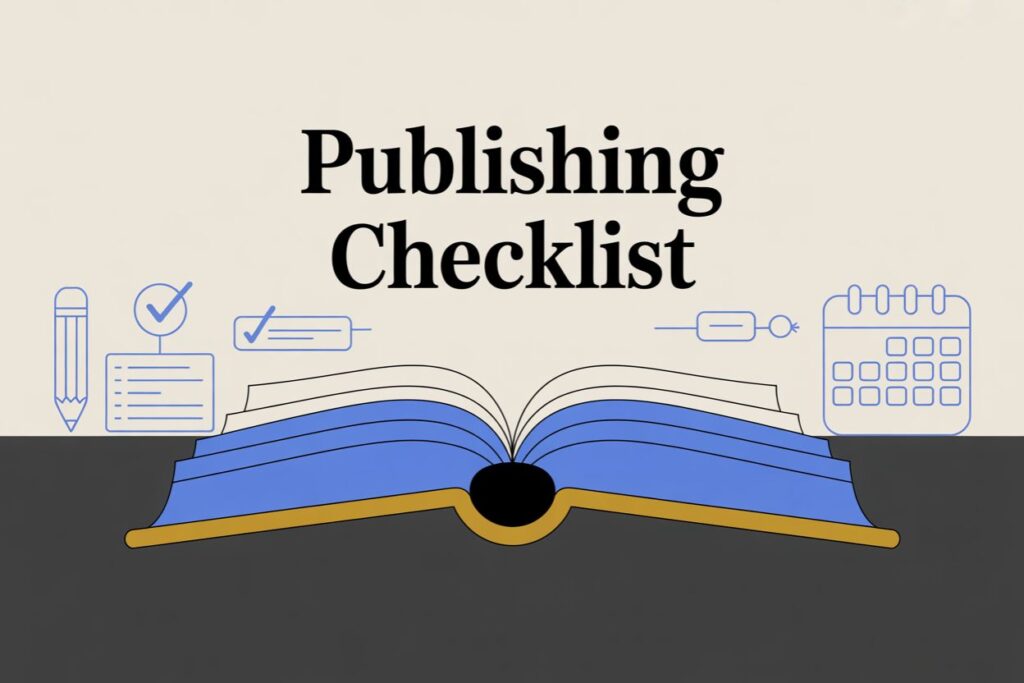
- Title, H1, H2 and H3 plus meta descriptions
- URL path fits in your site hierarchy
- Intro hooks readers with scannable H2/H3 structure
- Internal links connect to parent, siblings and deep resources
- Images are compressed with alt text in WebP format
- JSON-LD schema includes breadcrumbs plus Place/Article/FAQ markup
- CTA blocks with forms and lead magnets positioned
- GA4 conversion events and UTMs tested.
After publishing:
- Mobile responsiveness checked
- Page speed test run
- “Updated on” dates and author bios visible
- Social Sharing buttons working
- Contact forms submitting properly.

